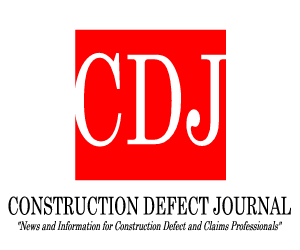
Ira M. Schulman and Emily D. Anderson discuss the nuances of Payment Bonds.
Payment bonds have been a staple of public construction projects since 1874, when the U.S. Congress first passed the Heard Act, which required that contractors obtain payment bonds for public projects to ensure that subcontractors and material suppliers have a way to recover their damages if an upstream contractor fails to pay for work performed and materials furnished on the project. The 1874 Heard Act has since been replaced by the 1935 Miller Act, and the concept has been expanded to construction projects funded by the states through state statutes known as “Little Miller Acts.” But the structure remains the same: On most public projects where the project’s cost exceeds $100,000, the prime contractor (the bond principal) is required to obtain a payment bond from a surety equal to the contract price to guarantee to subcontractors and material suppliers (the bond obligees) that the surety will pay for labor and materials under certain statutory or contractual conditions should the contractor fail to make payment.
A surety is jointly and severally liable with the contractor to the subcontractor, which means that the subcontractor may seek recovery against either the contractor or the surety or both, and the contractor and surety will be liable for the damages together. Put another way, in most states and in federal court, an unpaid subcontractor has the right to sue only the surety on the payment bond without joining the contractor because a contract of suretyship is a direct liability of the surety to the subcontractor.1 When the contractor fails to perform, the surety becomes directly responsible at once — it is unnecessary for the subcontractor to establish that the contractor failed to carry out its contract before the obligation of the surety becomes absolute.
Reprinted courtesy of Ira M. Schulman, Pepper Hamilton LLP and Emily D. Anderson, Pepper Hamilton LLP
Mr. Schulman may be contacted at schulmani@pepperlaw.com
Ms. Anderson may be contacted at andersone@pepperlaw.com




